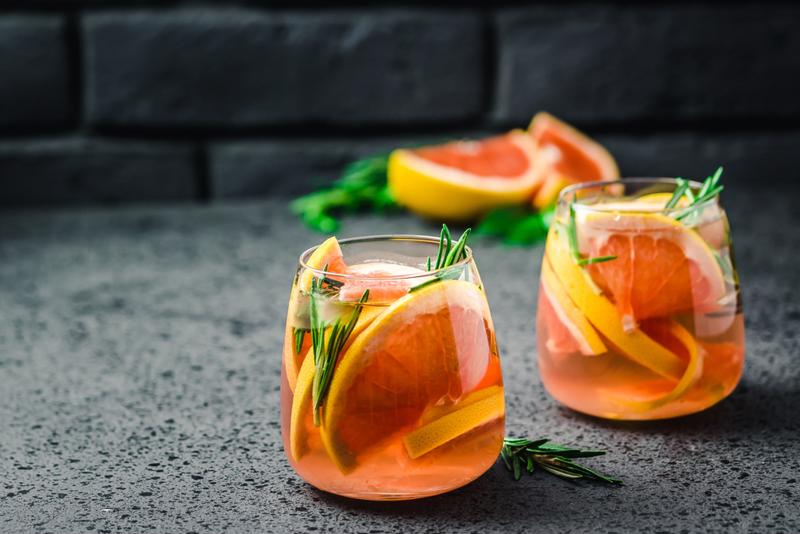Cocktails minus the liquor might not sound appealing at first pass, but there's a lot to love about non-alcoholic drinks. For one, they're more inclusive of people who don't drink alcohol. It can be hard to find a soft drink that carries the same flare, pizzazz and flavor as a creative cocktail. And a good drink, at the end of the day, should be defined by its flavor and creativity, alcohol or no alcohol.
Love it or hate it, there is a growing market for nonalcoholic cocktails, as well as alcohol-free beers, wines and other spirits. Culinary students studying in Austin can get ahead of this nascent trend by understanding how to make the most of it, and what they can do to satisfy booze-free patrons in the years ahead.
All taste, no buzz
One of the main reasons for the rise in low- and no-alcohol beverages is that people want the cocktail or spirit experience without the physical effects. This has led to some drink manufacturers, restaurants and bars creating alcohol-inspired soft drinks.
A prominent example is Coca-Cola's new line of soft drinks called Bar None, which strives to bring more excitement to nonalcoholic beverages. The line currently offers four flavors: Ginger mule, Bellini spritz, sparkling red sangria and dry-aged cider. According to Atlanta Magazine, the red sangria is the most convincing of them all. The magazine also pointed out the timeliness of the release – "Dry January" or "Drynuary," a trend that started in the U.K., has begun taking hold in the U.S. in recent years.
It's worth pointing out that "mocktails" are not altogether new. Some of the classics, such as the Shirley Temple and Roy Rogers, go back many decades. And, according to Eater, many restaurants during Prohibition began serving temperance beverages that were actually quite sophisticated. In many ways, this was a precursor to today's alcohol-free drink movement. The difference is that many people today order mocktails as a first choice instead of a substitute.

Mocktail recipes and pairings
The growing interest in nonalcoholic cocktails means that customers expect more than an overly sweet, tequila-free margarita. Mixologists and bartenders need to explore creative ways to give their booze-free beverages some kick.
One of the common ways is to start with a classic and then improvise. For example, Atera in New York City revises the Negroni by adding "juniper and quinine bark to evoke gin's floral quality and the bitterness of Campari, respectively," according to Thrillist. The drink also incorporates beet juice to give the cocktail a red tint. Another example would be to swap out the vodka in a Moscow Mule with honey syrup and mango puree, nectar or juice. Of course, there's no reason to stick to conventions in mocktails. A chili-lime-pineapple soda, for instance, combines multiple flavor profiles – spiciness, sweetness and citrus sour – to create something unique but very cocktail-like in its complexity.
That said, alcohol-free cocktails have the potential to take on a much sweeter flavor, which is worth keeping in mind when recommending drink pairings. Depending on the flavors, sweetness can be used to offset spiciness, which is one of the reasons a semi-sweet or sweet Riesling will pair well with Indian food, for example. But as a whole, many of the same rules apply – citrus will go wonderfully with seafood, while, again, something sweet can be used to temper the spiciness. For hearty fried foods such as a fried chicken, The Temper recommends a pairing of sparkling white grape juice to balance out the saltiness.
At the end of the day, don't overthink it. You're still playing with flavors and trying to make them complement one another – and that's half the battle in all culinary arts.

